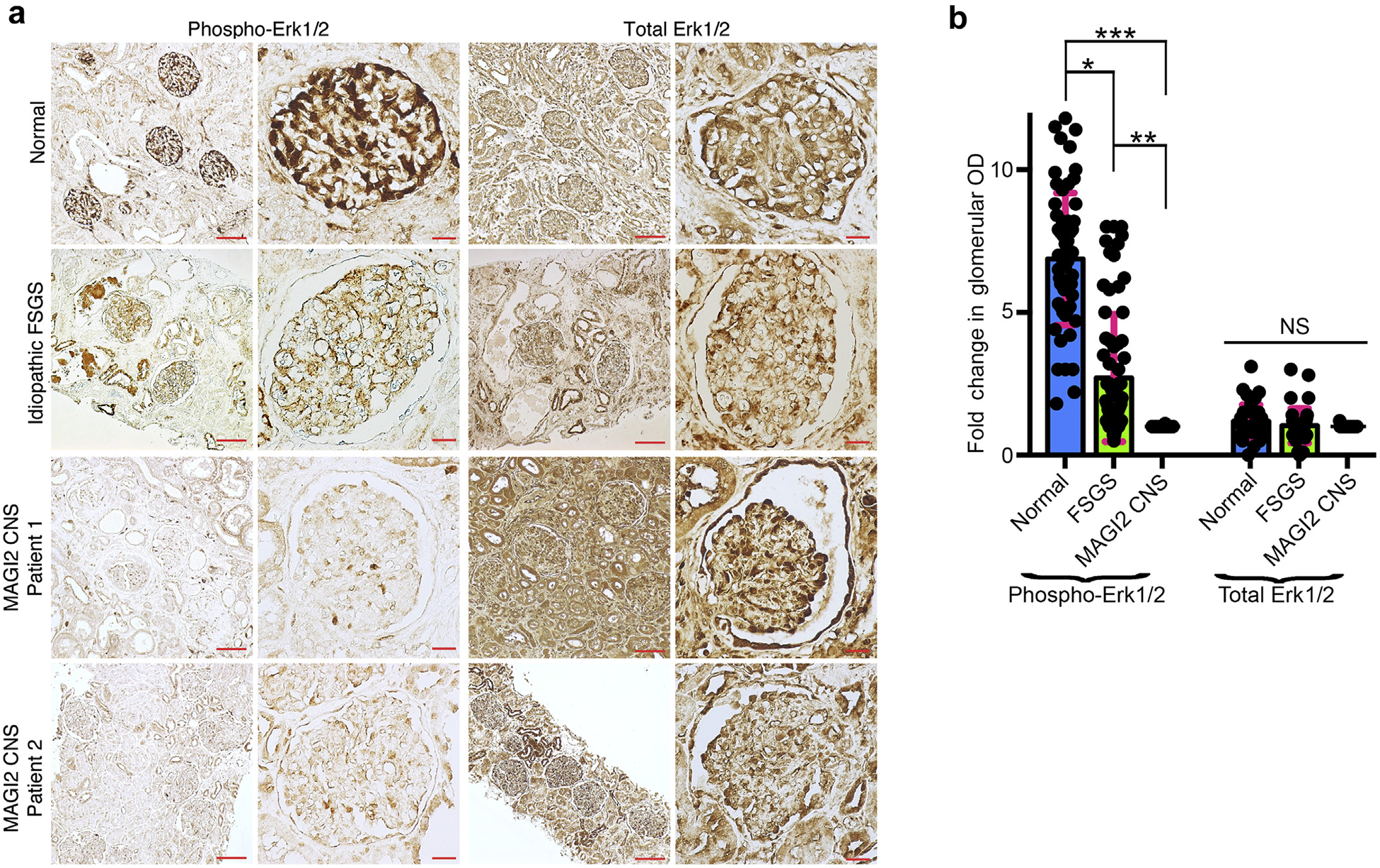Figure 8 |. Immunohistochemistry of kidney from patients with congenital nephrotic syndrome (CNS) caused by membrane-associated guanylate kinase 2 (MAGI2) mutations is consistent with reduced podocyte Rap1 signaling.

(a) Immunostaining for the Rap1 downstream effector phospho-Erk1/2 was performed on paraffin-embedded human kidney sections. Representative images are shown. Bar = low power, 100 μm; high power, 20 μm. (b) Quantification of glomerular staining intensity was calculated and is shown as a fold change relative to MAGI2 CNS. Podocyte phospho-Erk1/2 staining is severely reduced in patients with MAGI2 CNS comparedwith control subjects but is only intermediately reduced in patients with idiopathic focal segmental glomerulosclerosis (FSGS). The intensity of total Erk1/2 staining is identical between the groups. Total number of glomeruli analyzed: n = 60 control (20 glomeruli from each of 3 individual patients), n = 72 idiopathic FSGS (12 glomeruli from each of 6 individual patients), n = 50 MAGI2 CNS (2 individual patients, 32 glomeruli from nephrectomy sample, 18 glomeruli from biopsy sample; *P < 0.001, **P < 0.002, ***P < 0.0001; NS, not significant).
